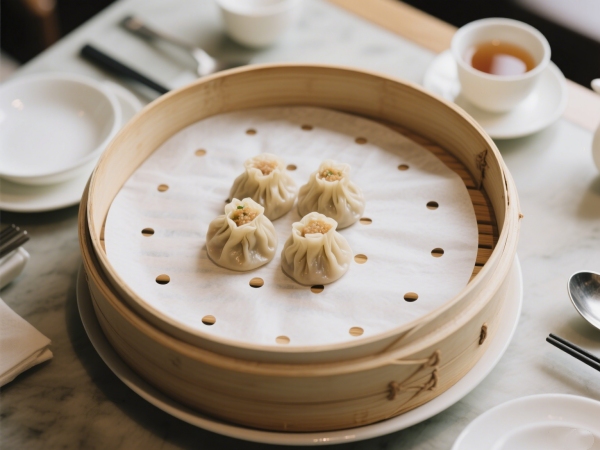Is Steamer Liner Paper Necessary?
Steaming is one of the healthiest and most widely used cooking methods worldwide, from Chinese dim sum and Thai fish curry to healthy vegetable bowls. But if you've ever steamed food without liner paper, you’ve probably encountered a sticky, frustrating mess. This is where steamer liner paper comes into play.
In this article, we’ll explore whether steamer liner paper is necessary, its benefits, the different types available, sustainable alternatives, and how to choose the best liner for your steamer. Whether you're a home cook, food brand, or kitchenware reseller, this guide will help you make informed decisions.
What is Steamer Liner Paper?
Steamer liner paper—also called parchment steamer liners or steamer mat paper—is a thin sheet (often perforated) used to line the bottom of steamers. It acts as a protective barrier between the food and the steamer basket or tray.
These liners are usually:
-
Heat-resistant (up to 220–260°C / 428–500°F)
-
Non-stick
-
Perforated to allow proper steam circulation
-
Made from food-grade parchment paper, bamboo paper, or silicone-coated paper
Why is Steamer Liner Paper Necessary?
Prevents Food From Sticking
Steamed dumplings, baozi, fish fillets, and even rice cakes can easily stick to the bamboo or metal tray. Steamer liner paper prevents tearing, ensures a clean lift, and maintains food aesthetics—crucial for restaurants and home cooks alike.
Keeps Steamers Clean
Using liner paper reduces the buildup of starch, oil, and residue inside bamboo or metal steamers, prolonging their lifespan and reducing the time spent on cleaning.
Improves Hygiene
Liners prevent direct contact between food and the steamer surface, which may harbor moisture or bacteria if not thoroughly cleaned.
Ensures Even Steam Circulation
Perforated liners allow steam to rise evenly, ensuring consistent cooking across all portions of your dish. This is especially important for commercial food production.
Better Presentation
No more ripped dumpling skins or broken buns. Steamer liner paper helps retain the product’s shape and integrity—especially important for food photography or packaged ready-to-eat meals.
Popular Types of Steamer Liner Paper
| Type | Material | Features | Suitable For |
| Parchment Steamer Liners | Food-grade parchment | Non-stick, perforated, disposable | Home kitchens, dim sum |
| Silicone Steamer Mats | Reusable silicone | Eco-friendly, washable | Long-term use, restaurants |
| Bamboo Fiber Paper | Natural bamboo pulp | Compostable, breathable | Sustainable food packaging |
| Customized Logo Liners | Branded parchment | Print-friendly, high-end branding | Food delivery brands, cafes |
Are There Eco-Friendly Options?
Yes. With rising demand for plastic-free and compostable food packaging, manufacturers now offer biodegradable steamer liners made from bamboo pulp, unbleached paper, or sugarcane bagasse.
They offer the same benefits while reducing environmental impact. Trending Searches:
-
"Are steamer liners compostable?"
-
"Best eco-friendly parchment for steaming"
-
"Silicone vs paper steamer liners"
Do You Always Need Steamer Liner Paper?
Not always—but highly recommended. You may skip it if:
-
You use non-stick metal trays with oil
-
You're steaming leafy vegetables directly on cabbage leaves or banana leaves
-
You have silicone steaming baskets
However, for dumplings, buns, glutinous rice, or fish, liner paper is almost essential to avoid mess and ensure food safety.
FAQs
Q1: Can I use normal parchment paper?
Yes, but you need to punch holes manually to allow steam circulation.
Q2: Are steamer liners reusable?
Silicone ones are. Paper liners are generally one-time use, though some thicker ones can be reused once if not torn.
Q3: Do steamer liners affect cooking time?
No, as long as they are perforated, they won’t impact steaming efficiency.
Q4: Can I steam without holes in the liner?
Not recommended—it can block steam, causing uneven cooking and soggy food.

